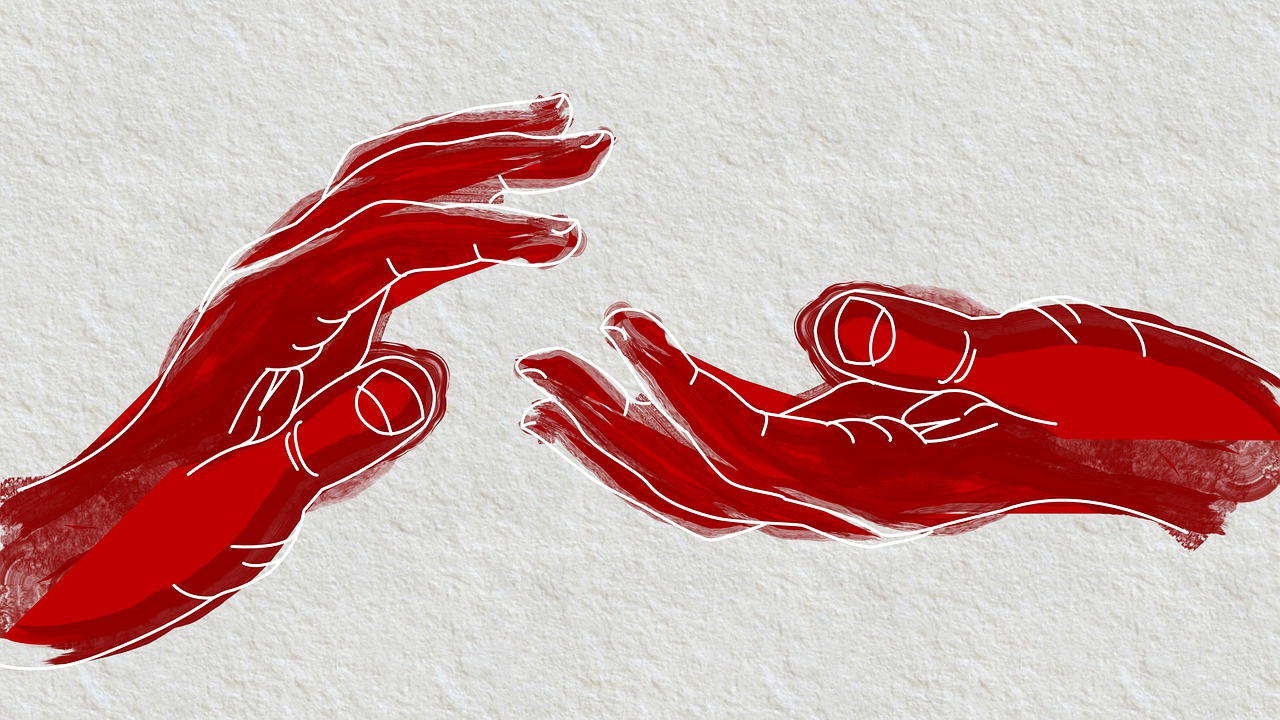Make sure to read Part 1 first!
E (evaluation): After therapists have used the “W” and “D” set of questions, they would move on to “E,” or “Evaluation.” An easy question to use that evaluates what clients are doing is, “How is that working for you?” When therapists ask this or a similar question, they are not only evaluating the success of what clients have tried to do in the past to solve their problem, they are helping clients hear themselves articulate how successful or unsuccessful they have been.
Clients who are pleased with the congruence among what they want, what they are doing to get what they want, and how successful they are being in their pursuit of what they want have usually found resolution for that particular issue. Clients who respond to the question, “How is that working for you?” with something like, “It’s not working at all!” are then ready to move to the last question in the W.D.E.P. process.
P (planning): Therapists who have moved through “W,” “D,” and “E” are now ready to ask their clients, “What do you think you can do differently to get what you want?” Phrasing the “Planning” as a question helps therapists respect the autonomy of their clients by first turning to them to come up with a new plan.
As clients struggle to develop a new plan to get what they want, therapists can implement Socratic dialogue, or systematically leading questions, to facilitate clients’ creating a new plan. This final question in the W.D.E.P. process leads to further questions and refinement of the plan.
A very helpful tip in augmenting the likelihood clients will follow through with the plan they develop is to ask them, “What might stop you from implementing this plan?” By asking this question, therapists can help clients identify potential stumbling blocks and further develop their plans.
Outcome
Implementing the WDEP system helps people become more aware of their wants, their behaviors, the effectiveness of their behaviors, and their perceptions of the world around them.
Used properly, this procedure helps clients move from an awareness of themselves as victims to an awareness of themselves as self-empowering agents. From the perspective of choice theory and reality therapy, clients have more control over their lives than they believe they have. This is not to say that choices are easily carried out or that there are not societal restrictions on personal opportunities.
Who can use this technique?
School counselors, action-oriented therapists, counselors with limited time or with lack of clarity about what they are working on with their clients, teachers, and lay persons alike can benefit from W.D.E.P.
Problems it can be used for
- Eating Disorders
- Substance Abuse
- Addictions





